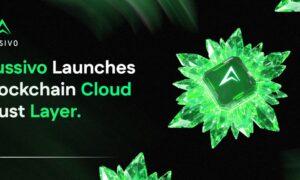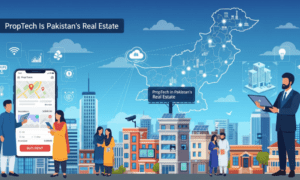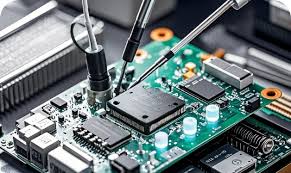In an open conversation, Tom Jose Kalapura reflects on his 17-year journey in IT, starting with backend Java development and advancing to leading cloud engineering initiatives for hybrid infrastructures at Walmart. This interactive session offers valuable insights into his career, innovations, and the evolving future of cloud technology.
- Tom, how did your journey in IT begin? What drew you to coding?
I have always been passionate about problem-solving, and coding seemed like the perfect outlet for that. My early career started in backend Java development, working on eCommerce. These projects allowed me to dive deep into Java frameworks, middleware technologies performance optimization and cost optimization. It was exhilarating to take on tasks like holiday readiness projects for large-scale systems.
- Your transition from development to middleware must have been a significant change. How did that shape your career?
It was a pivotal shift. Middleware gave me insight into how core systems function behind the scenes. Managing multi-tenant environments enhanced my understanding of component interactions, which proved invaluable when I transitioned to cloud engineering. This solid foundation made adapting to cloud platforms such as Azure, GCP, and OpenStack much smoother.
- Speaking of cloud, can you discuss your role in Walmart’s Triplet Cloud Design?
Triplet Cloud Design enabled seamless user onboarding across public cloud platforms such as Azure and GCP, along with integration into a private cloud infrastructure. The project involved complex configurations, including PCI-compliant OpenStack and GCP Clouds, hybrid connectivity through Azure ExpressRoute and GCP Interconnects. This initiative was ambitious but delivered exceptional flexibility and scalability across multiple environments.
- One of your patented innovations, the Stateless Cloud Hypervisor, is particularly intriguing. Could you tell us more about that?
The Stateless Cloud Hypervisor was designed to enable more efficient and scalable cloud operations by eliminating dependencies on state-heavy virtual machines. Essentially, it allowed our cloud infrastructure to run with higher efficiency and less downtime. This, along with other innovations like self-healing systems, drastically improved operational efficiency at Walmart.
- You have been a thought leader in cloud operations, even presenting at OpenStack summits. What drives you to stay involved in the open-source community?
The open-source community is constantly evolving, and there’s always something new to learn. Presenting at conferences like OpenStack and contributing to research are ways I stay engaged. I enjoy sharing my experiences and learning from others. It keeps me at the forefront of what’s happening in cloud technology.
- What are some of the real-world challenges you have faced in cloud engineering, and how have you approached them?
One of the biggest challenges is migrating legacy systems to the cloud. It’s never a smooth process. There are always unforeseen issues, especially when ensuring business continuity. My approach is to optimize, automate, and adapt wherever possible. Security and uptime are critical. In fact, I have led teams that have achieved 99.9999% availability in production environments, which was no small feat.
- Looking ahead, what excites you about the future of cloud technology?
AI-driven cloud automation is where I see the most potential. We are moving toward a future where intelligent systems will be able to anticipate and solve problems before they even occur. This will lead to more proactive cloud operations, which is incredibly exciting.



































